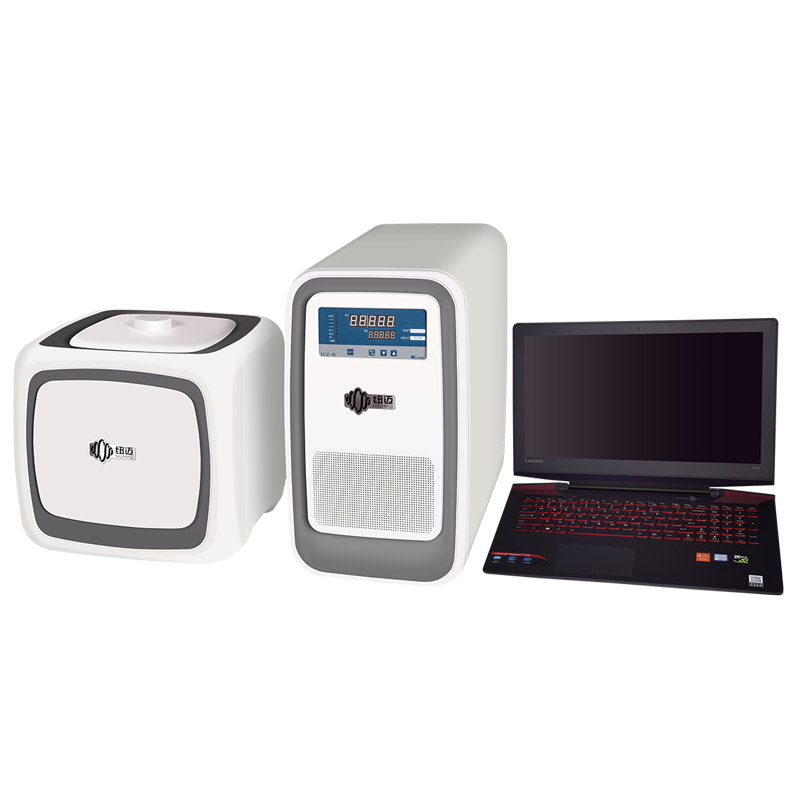NMR is often performed in massive magnetic fields for 3 reasons: to enhance chemical shift resolution, to maximize the sensitivity of detection by inductive coils, and to extend the magnitude of the measured signal by enhancing thermal polarization LF NMR. Однако, these benefits come back at a literal and figurative price – trendy superconducting magnets with sufficient homogeneity for magnetic resonance experiments will cost upwards of $1 миллион, are immobile, and should be maintained at refrigerant temperatures. As an alternative, by performing arts NMR experiments at zero-field, it’s doable to retain several of the powerful analytical capabilities of high-field NMR, while not the limitations obligatory by the necessity} for giant magnetic fields.
Nuclear resonance (ЯМР) is one in every of the foremost powerful analytical tools on the market to the chemical and biological sciences for chemical detection, characterization, and structure elucidation. Однако, the high magnetic fields needed for typical magnetic resonance require large, immobile, and high-priced superconducting magnets, limiting the utilization of the technology. By performing arts NMR experiments at low magnetic fields, the equipment becomes considerably cheaper and a lot of portable. Our low-field instruments additionally feature very undiversified fields, that cause slender resonance lines, allowing the activity of tiny couplings and therefore the resolution of chemical species. Как результат, these new techniques create magnetic resonance a lot of analytically powerful and accessible to a wider audience. Our continued analysis efforts are targeted on understanding spectra, development of recent experimental techniques for the study of chemical structure and dynamics, optimization of detection instrumentation, and signal improvement for improved experimental efficiency.

 заплесневелый
заплесневелый